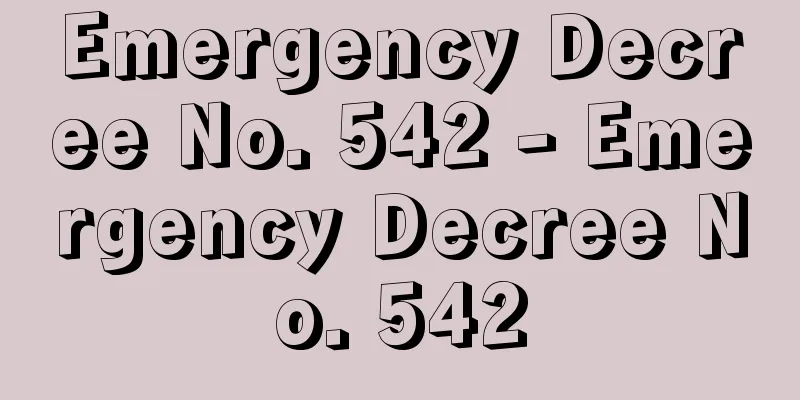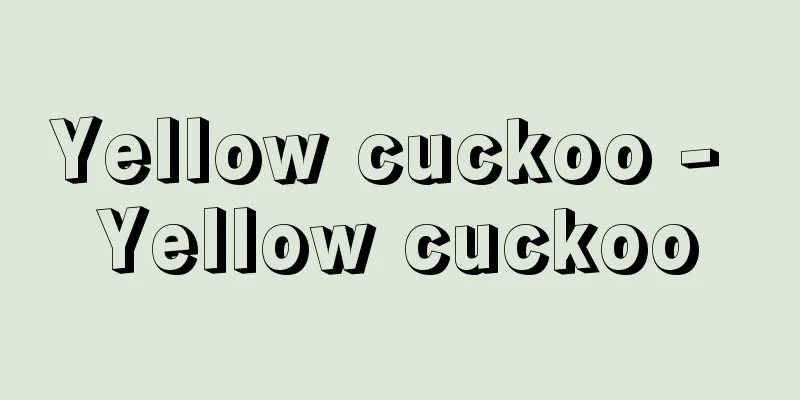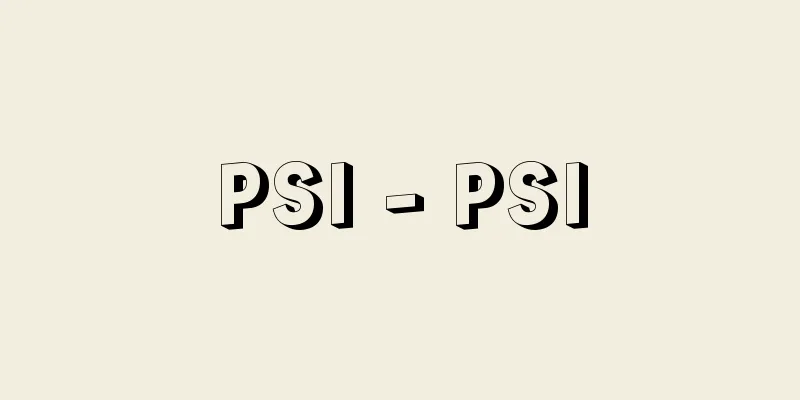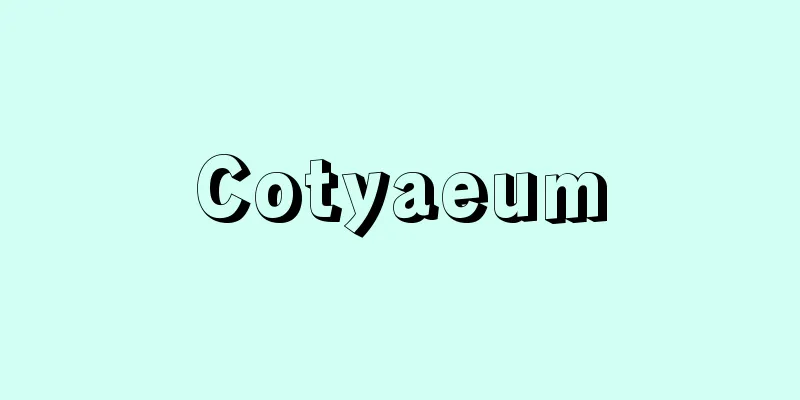Wood beetle (wood-eating insect) - Limnoria lignorum

A small crustacean about 3mm long that digs tunnels into wood placed naturally or artificially in the sea, living there and feeding on it. Order: Isopoda, Family: Scolytidae. Its body is semi-cylindrical and yellowish-white with small black spots scattered on its back. It is found worldwide and is common along the coast of Japan. There are many known species of Scolytidae, most of which are widely distributed and all feed on plant matter such as wood and seaweed placed in the sea. [Gamo Shigeo]Bark beetle (wood-eating insect)Source: Heibonsha World Encyclopedia, 2nd Edition Information |
海中に自然に,あるいは人工的に置かれた木材に穿孔(せんこう),孔道を掘り,その中にすみ,食害し続ける体長3mm前後の小型甲殻類。等脚目キクイムシ科。体は半円筒形で黄白色,背面に小黒点が散在する。世界的な分布を示し,日本沿岸にもふつうである。キクイムシ科には多くの種類が知られているが,その多くは広い分布を示し,すべて海中に置かれた木材や海藻など植物性のものを食べている。【蒲生 重男】
キクイムシ【キクイムシ(木喰虫) bark beetle】出典 株式会社平凡社世界大百科事典 第2版について 情報 |
<<: Jerusalem artichoke - Jerusalem artichoke
>>: Goldcrest - Kikuitadaki (English spelling)
Recommend
Suan-xue qi-meng (English: Mathematical Enlightenment)
A Chinese book on mathematics. Written by Zhu Shij...
Anarchism
A political ideology that denies all authority, es...
Rapatea paludosa (English spelling) Rapatea paludosa
… [Mitsuru Hotta]... *Some of the terminology tha...
Argentine Socialist Party
…Argentine politician. Socialist and founder of t...
Onatsu Seijuro Mono - Onatsu Seijuro Mono
It is a branch of Kabuki Kyogen and Ningyo Joruri....
tuberculous pyothorax
…It begins as an acute empyema, which can progres...
Conclusion - Musubi
The act of tying or tightening ropes, strings, etc...
Enclosure - Mawaribuchi
A horizontal piece of wood attached to the edge of...
Alumina brick (English)
...There are also electro-cast products (electroc...
Denali
…The main peak of the Alaska Range in south-centr...
Positive tax - shozei
Also called taizei. In ancient times, this was a t...
Grackle
...In the oropendola and cacique species, the bas...
Ashura (English spelling) 'āshūrā'
It is one of the Islamic festivals, but it is very...
Hardgrove index
...There was a time when it was thought that ther...
Saint-Georges (English spelling)
…Born in the ancient city of Tonnerre near Dijon ...









